Wondering how to choose the best yogurt for you and your family? I’m breaking down the different types of yogurt in a simple 5-step process to make your decision easy.
Picture this: you’re standing in the yogurt aisle staring at a massive wall of yogurt. With all the yogurt varieties, product claims, and brand options, choosing this everyday staple can be overwhelming. Sound familiar?
I’ve summarized the pros and cons of different types of yogurt to help make this decision easy. Continue reading for everything you need to know about how to choose the best yogurt.
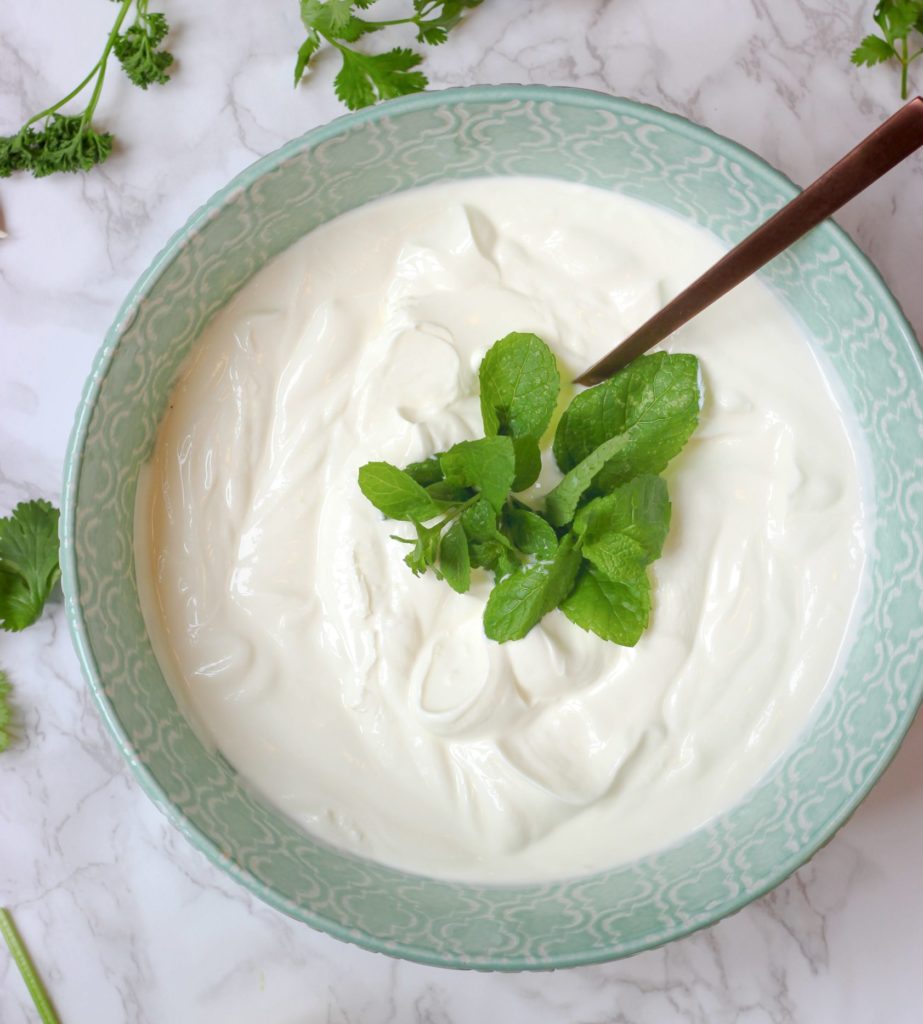
How to Choose the Best Yogurt
Step 1: choose your preferred type of yogurt
There are so many different types of yogurt on the market. Each with different processing methods and nutritional qualities. I’m breaking down the most popular types of dairy and non-dairy yogurt below to help you find which one is best for you. Still not sure after reading? Check out my ‘bottom line’ at the end of the section for my recommendation.
Dairy-based yogurts
Traditional
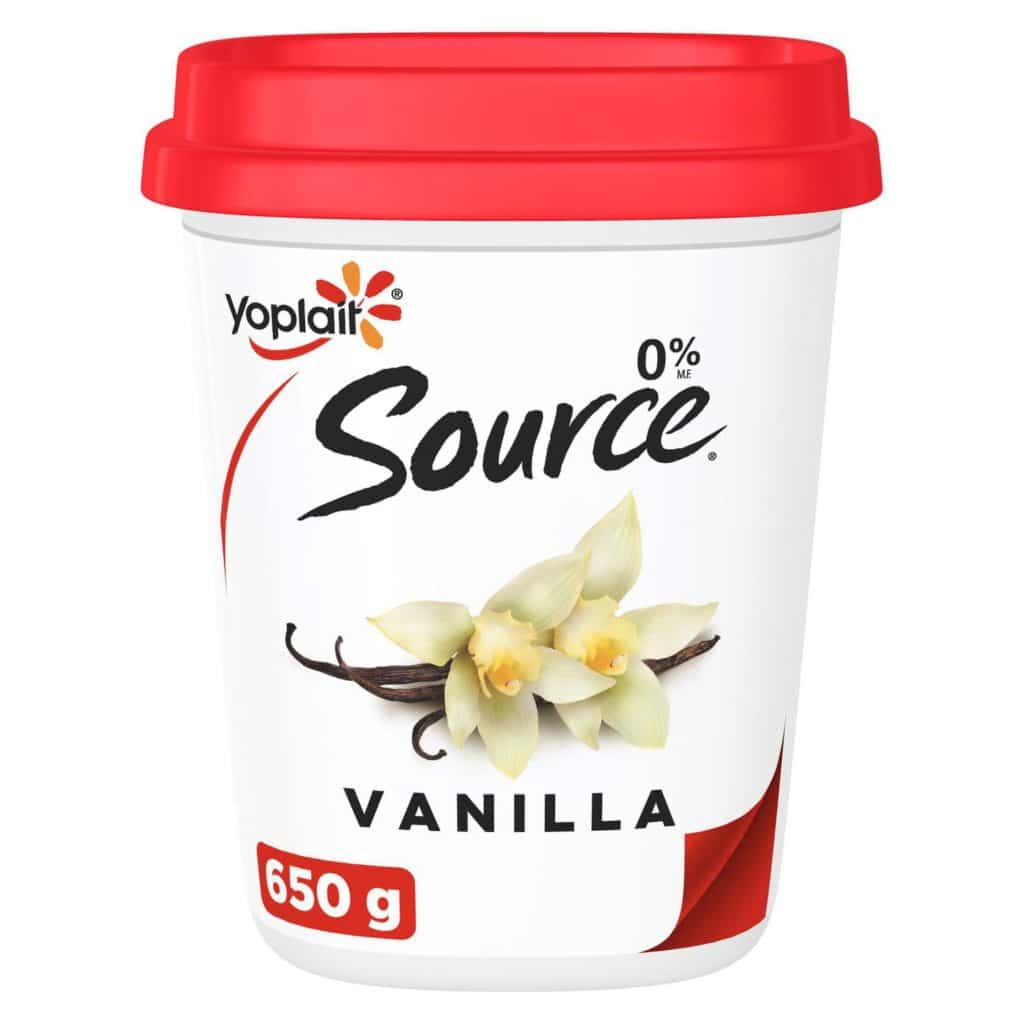
Traditional yogurt is made through the process of fermenting milk with bacteria. This type of yogurt is widely available from a variety of brands. It generally has a thinner texture. It is lower in protein than some of the other yogurt options below, at ~6g protein per 1/2 cup serving. Traditional yogurt it is a source of calcium, and in some cases may also provide a source of b12, vitamin A, vitamin D, and iron.
Balkan style
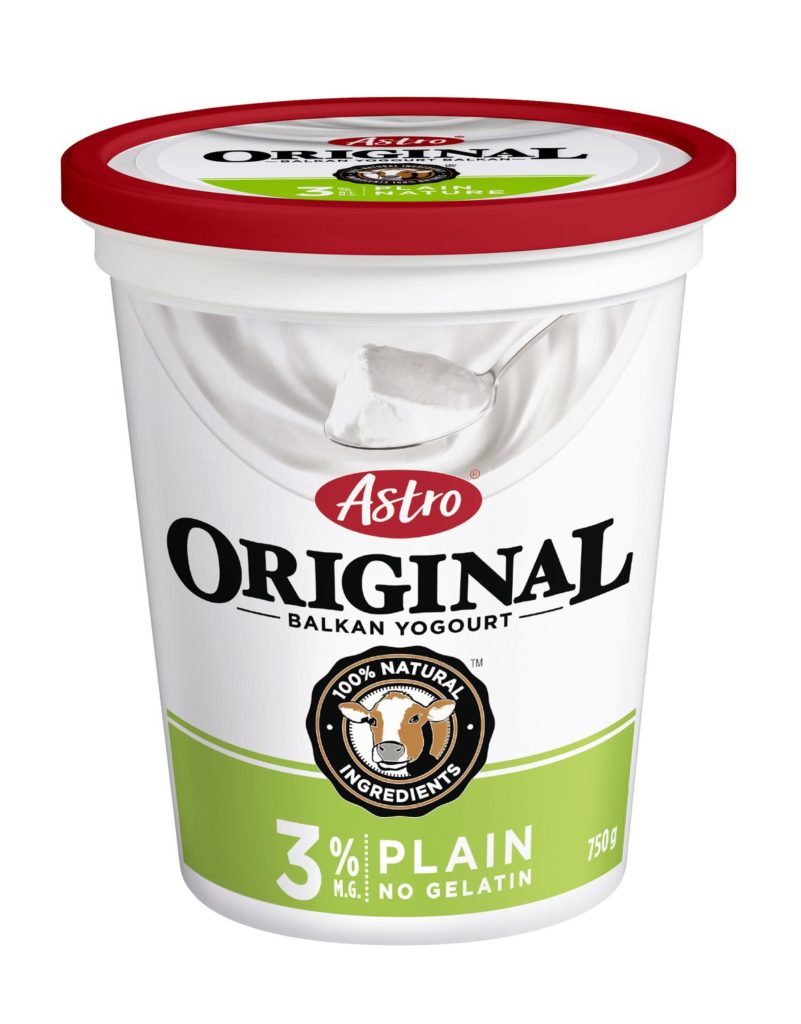
Balkan yogurt is thicker than traditional yogurt because it has been fermented in smaller batches. Typically once bacteria have been added to the milk it is placed in its final container and not disturbed until it’s ready to eat. Balkan yogurt has a similar protein content to traditional yogurt, ~6g per 1/2 cup serving. Like traditional yogurt, Balkan-style yogurt is a source of calcium, and in some cases b12 and iron.
Greek yogurt
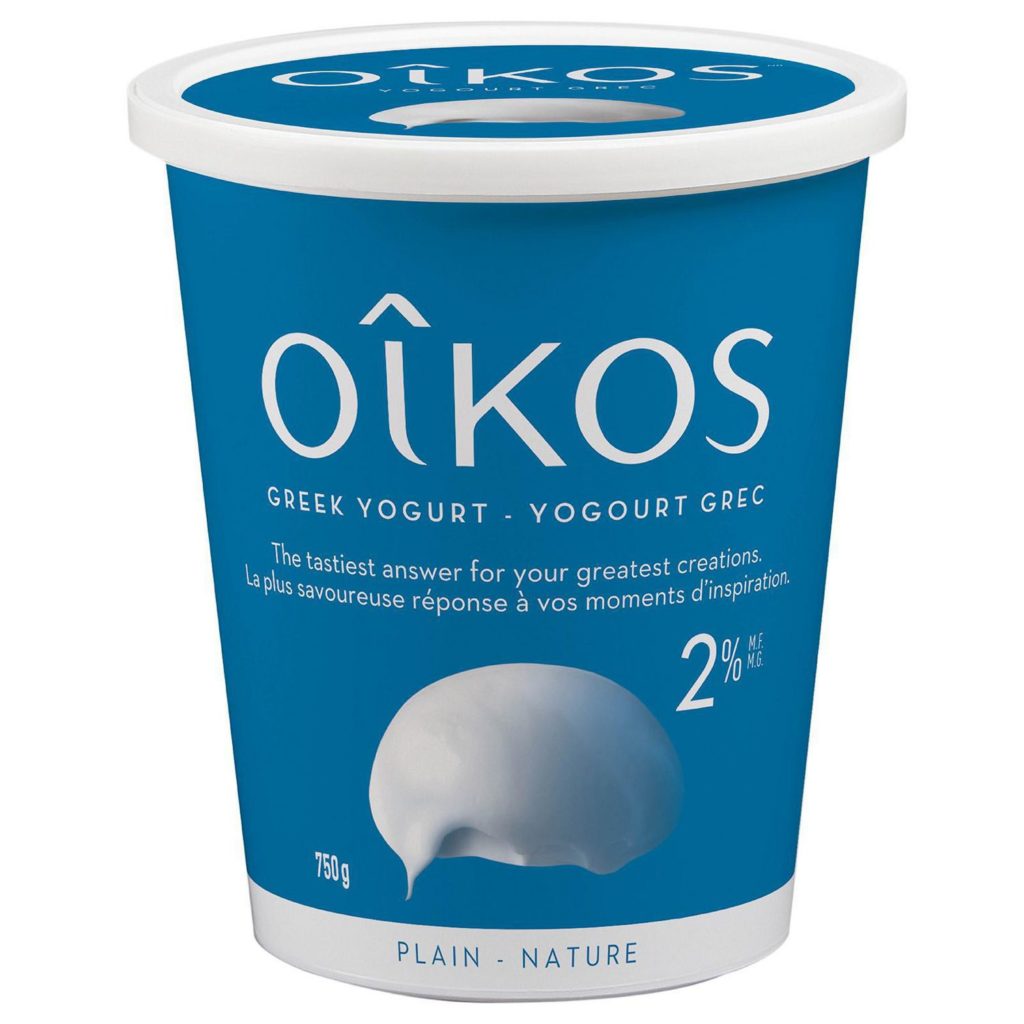
Greek yogurt is made by straining traditional yogurt to reduce the moisture and whey content of the yogurt. This results in a thicker end product and most often a higher protein product, at ~11g per 1/2 cup serving. Greek yogurt is also a source of calcium and in some cases b12, vitamin A, and iron depending on the brand.
Skyr yogurt (Icelandic yogurt)
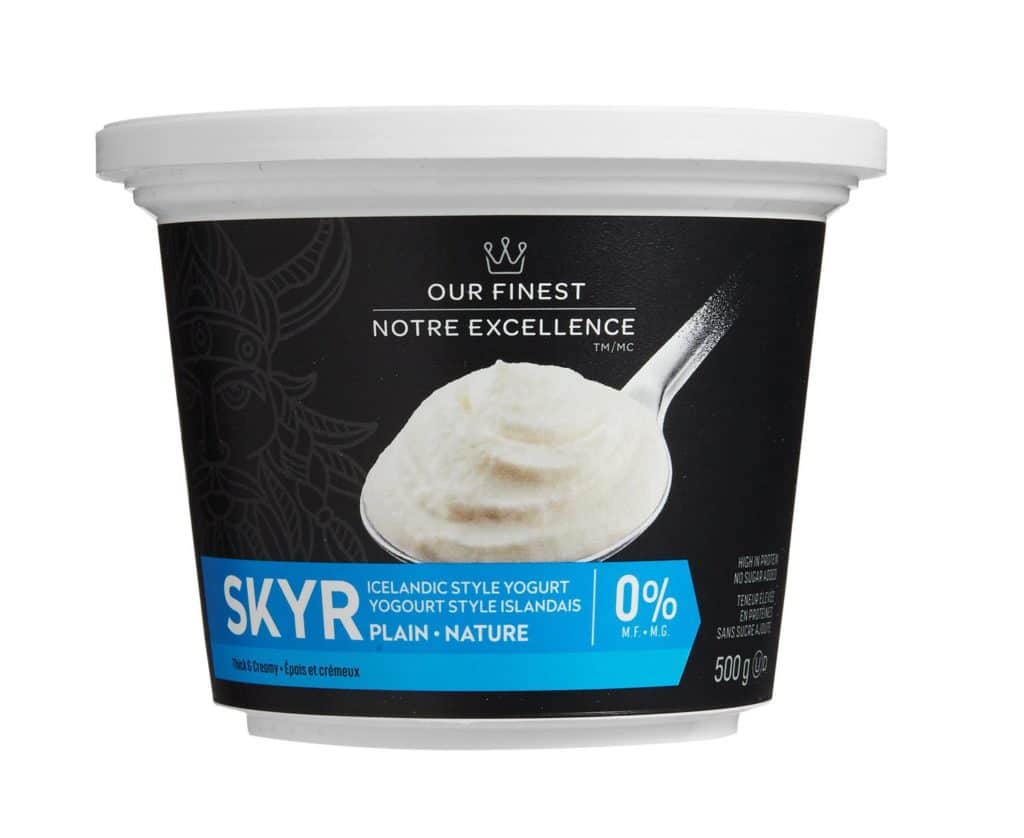
Skyr yogurt is made in a similar way to Greek yogurt, but with more straining to result in a thicker end product. It tends to have a less tart flavour compared to Greek, and is slightly higher in protein, at ~13g per 1/2 cup serving. Similar to other yogurt varieties, Skyr yogurt is a source of calcium and in some cases b12, and iron.
Lactose free yogurt
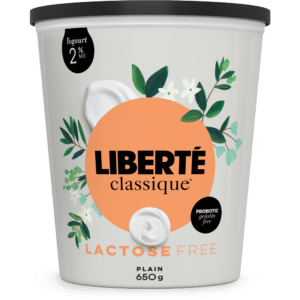
Lactose free traditional and Greek yogurt can be found in most grocery stores on the market. These yogurts are made lactose-free with the addition of Lactase, the enzyme responsible for breaking down lactose, a common sugar found in cow’s milk. The addition of lactase allows lactose to be broken down into smaller sugars which can be digested by those with lactose intolerance.
The nutritional properties of LF yogurt are equivalent to their conventional counterpart. This means that LF yogurt is also a great source of calcium, and potentially other micronutrients (such as vitamin A, B12, and iron) depending on the brand and type of yogurt.
Goat milk yogurt
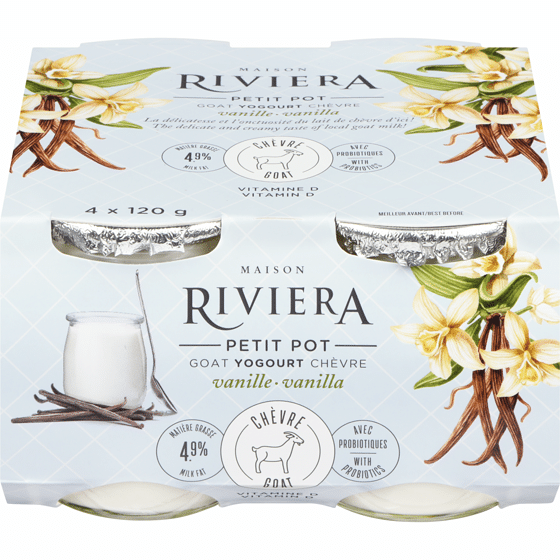
Goat’s milk yogurt is made using a similar process to cows-milk yogurt. Depending on the brand and form of processing used, goat’s milk yogurt can vary in protein content, from 4-9g protein per 1/2 cup serving. Goat milk yogurt is a source of calcium and vitamin A. Contrary to popular belief, goat’s milk is a source of lactose, though it has slightly less than cow’s milk.
Bottom line: which type of dairy-based yogurt is best?
Each type of dairy-based yogurt is a source of calcium, though other nutrients may vary depending on the brand and processing method.
I recommend choosing Greek or Skyr yogurt for a higher protein option that will keep you more satisfied between meals. If you prefer the texture or flavour of a lower protein yogurt option, these can also be very nutritious options! Just be sure to pair it with an additional protein source to keep you fuller longer.
Plant-based (non-dairy) yogurt:
Almond yogurt
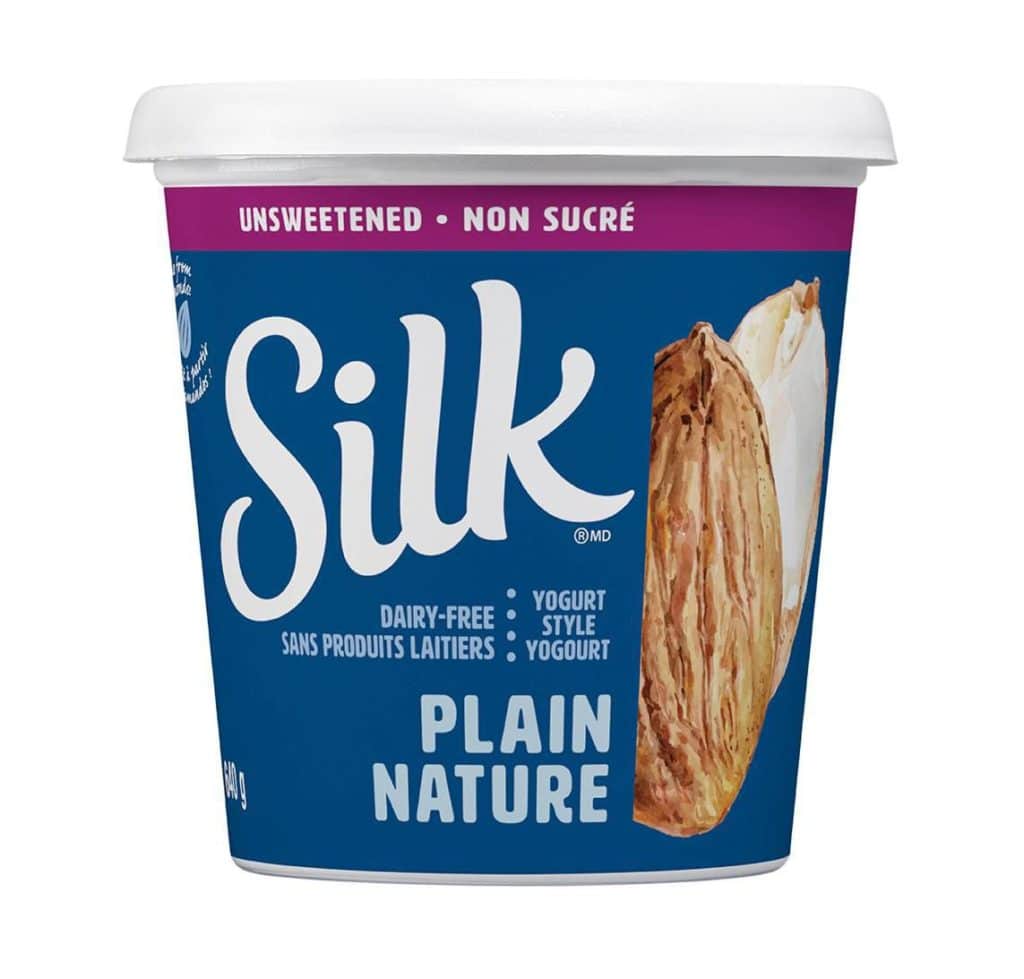
Nut-based yogurts are made by fermenting a nut base with bacteria. Most brands will have other ingredients added such as starches and gums for texture. In terms of texture, this will differ depending on the manufacturer and processing, but almond yogurt often has a more gelatinous texture than traditional yogurt.
Exact nutritional properties will depend on the brand. Almond yogurt has ~3-4g protein per 1/2 cup serving and is a source of calcium, though not as rich of a source as dairy-based yogurt.
Coconut yogurt
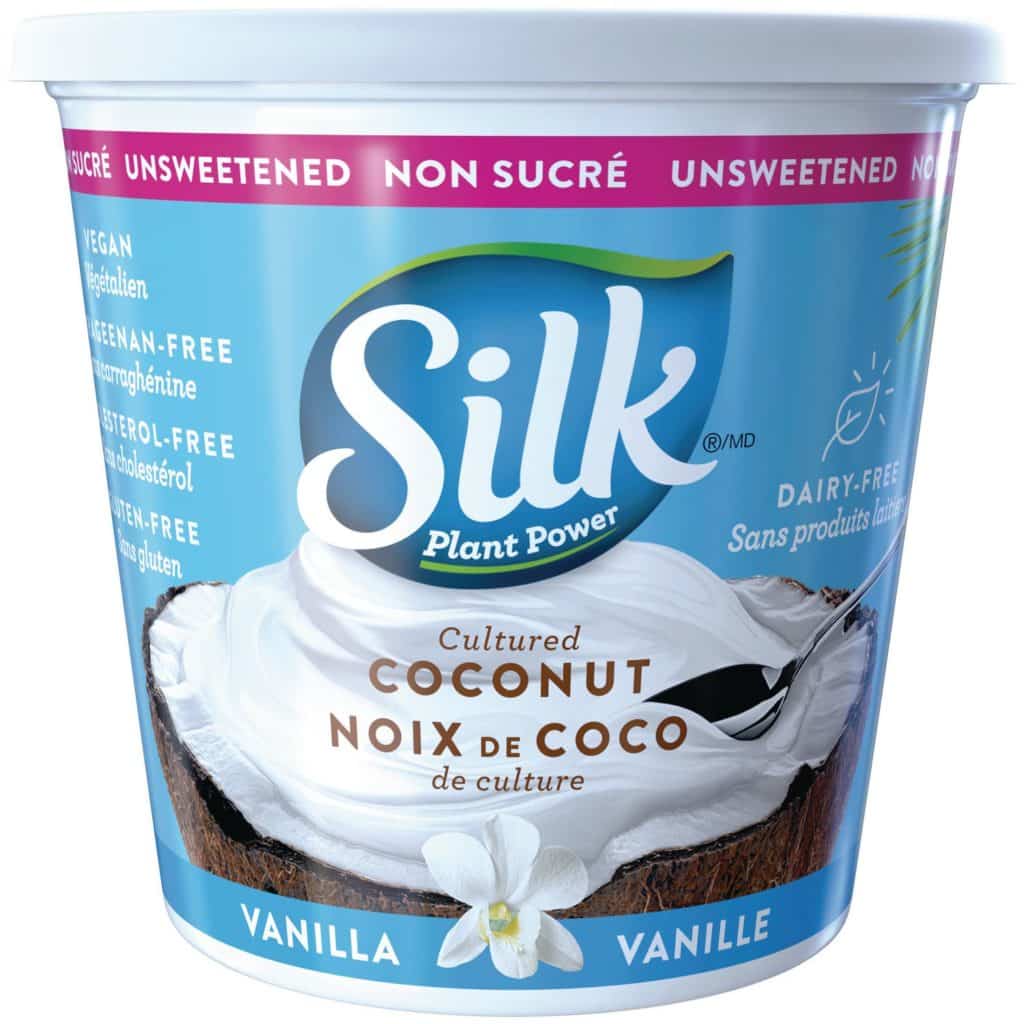
Coconut yogurt may have a different process depending on the manufacturer. Most will start with a coconut base that is fermented with bacteria. Additional starches and gums may be added for texture. Coconut yogurt generally has a smoother texture than almond yogurt and has a more comparable texture to traditional yogurt.
Coconut yogurt has ~1g protein per 1/2 cup serving and the remaining nutrient quality will depend on what was fortified during manufacturing.
Soy yogurt
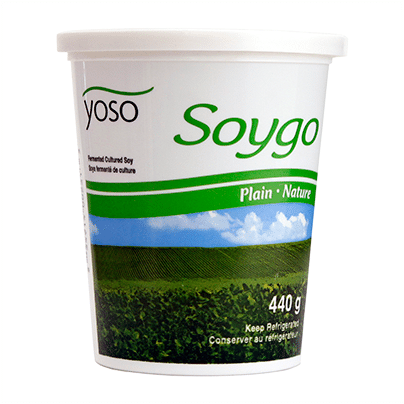
Soy yogurt is made by fermenting a soy base with bacteria. Like other plant-based yogurts, most brands of soy yogurt contain added ingredients to help with texture. The texture is slightly thicker than coconut yogurt but smoother and more comparable to traditional yogurt than almond yogurt.
Soy yogurt is most comparable to traditional yogurt in terms of protein content, with ~4g per 1/2 cup serving. Soy yogurt is also a source of calcium, though not as rich as dairy-based yogurt.
Higher protein dairy-free yogurt
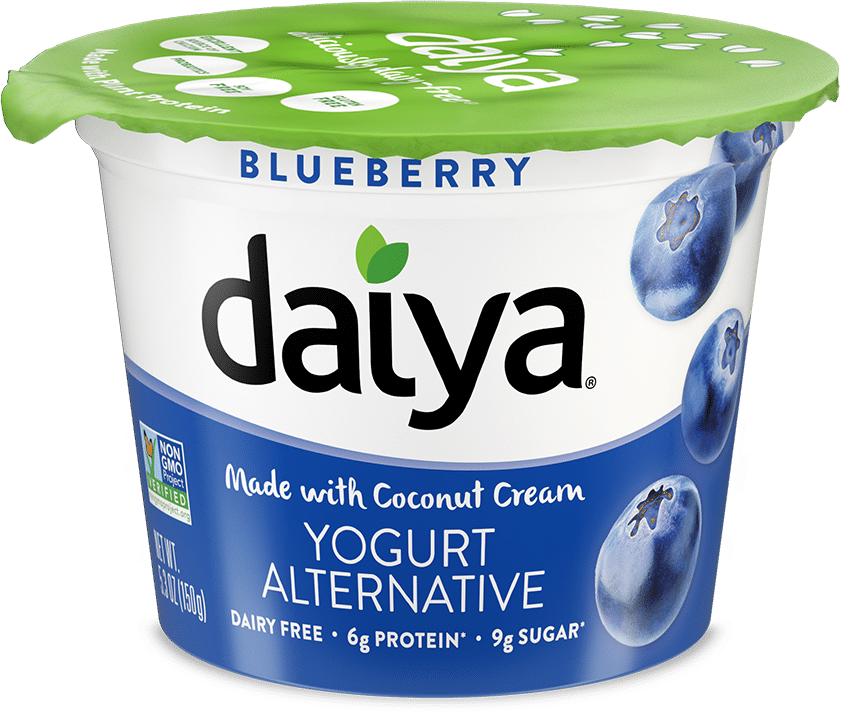
Some plant-based yogurt options on the market will have added protein which is often marketed as plant-based alternatives to Greek yogurt. These types of yogurt will start with an almond or coconut base that is fermented with bacteria, and generally have a longer ingredient list including added protein, starches, and gums for texture.
Nutritionally speaking, these yogurts are generally higher in protein than other plant-based options, at ~9g protein per 1/2 cup serving. This amount of protein is comparable to Greek yogurt. Other vitamin and mineral content will vary depending on the brand, yogurt base used, and fortification.
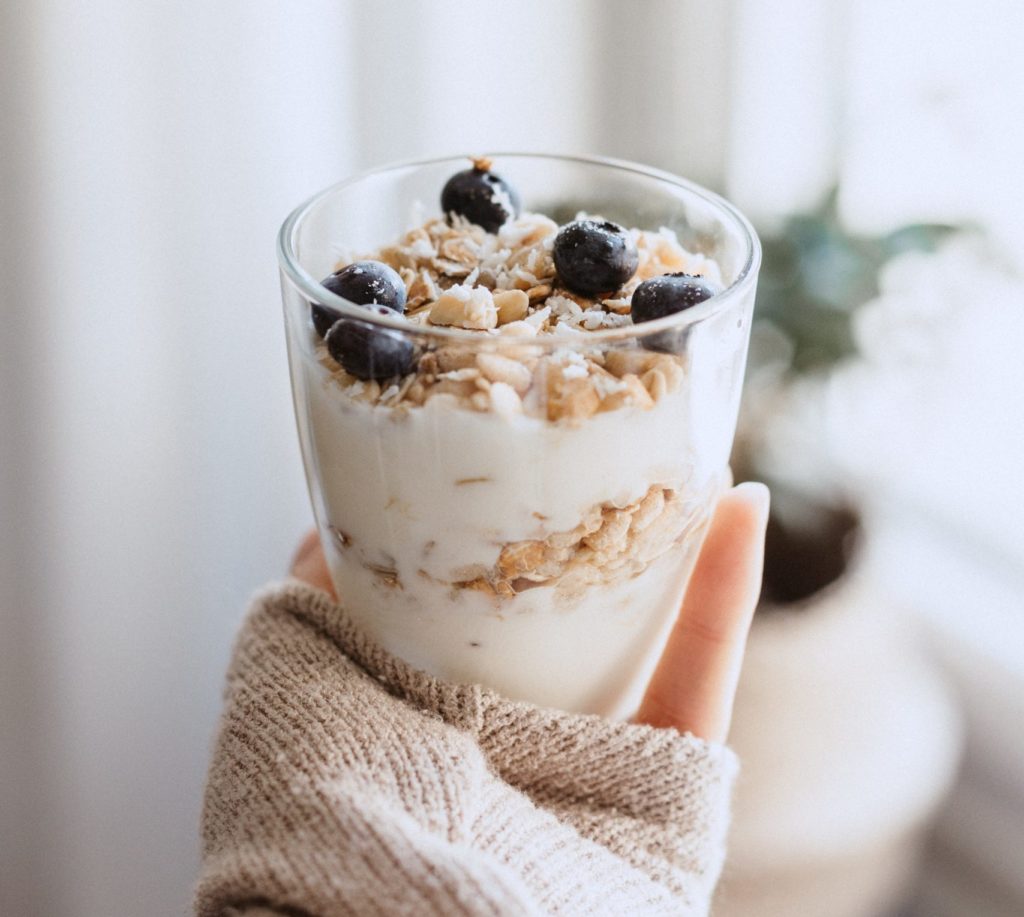
Bottom line: which type of plant-based yogurt is best?
There are a few different priorities that may be important to consider when choosing a plant-based yogurt: texture, flavour, and nutritional properties. Here are my top two plant-based yogurt picks:
Soy yogurt has a protein content comparable to traditional yogurt, and a smooth texture. Soy yogurt is also available without added sugar (plain) which the higher-protein Greek yogurt alternatives are lacking. Like traditional yogurt, soy yogurt is also a source of calcium which makes it a nutritious option too.
Coconut yogurt has a very similar texture to traditional yogurt and has a natural coconut flavour which most people enjoy. Like soy yogurt, coconut yogurt is also available without added sugar (plain). Coconut yogurt is lacking in the protein department, so be sure to enjoy your coconut yogurt with a source of protein to keep you full for longer. Also, look for a brand that provides a source of calcium for a more nutritious option.
How to Choose the Best Yogurt
Step 2: probiotic content
All yogurt has bacteria added as part of their processing, but contrary to popular belief, most yogurt does not contain enough bacteria to provide a therapeutic probiotic benefit (ie. provide noticeable relief of digestive concerns). This depends on the amount and type of strains added.
In Canada, for a yogurt brand to legally use a claim on their packaging related to a probiotic benefit, it must contain 1.0 x 10^9 CFU per serving of one or more of the probiotic strains that are subject to the claim. If you’re seeking a yogurt product that you can experience a noticeable digestive benefit from, look for this amount of active cultures on the nutrition label.
For example, here is the ingredient list and product description for Activia yogurt:
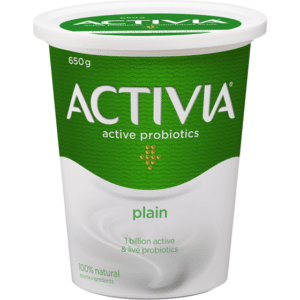


It’s important to note that probiotics are typically not as stable in food sources compared to supplement form, so there’s no guarantee that you’re consuming that amount of probiotic per serving by the time you’re eating.
A probiotic supplement can often provide a guaranteed dose at the time of consumption due to more stable properties. A probiotic-rich food, on the other hand, can claim to have a certain dose of probiotics added, but there’s no way of knowing how many bacteria survive until consumption.
However, even if most yogurt won’t have enough probiotic content to provide a therapeutic benefit, we do know that routinely introducing good bacteria into the gut has a beneficial impact on gut health and beyond.
Bottom line: Probiotics is a complex and overwhelming topic. But in the case of yogurt, it doesn’t have to be. If you’re looking for a yogurt that provides relief of digestive symptoms, look for one that contains 1.0 x 10^9 CFU active cultures per serving. If not, skip this step altogether and make your yogurt selection based on the other steps outlined in this post.
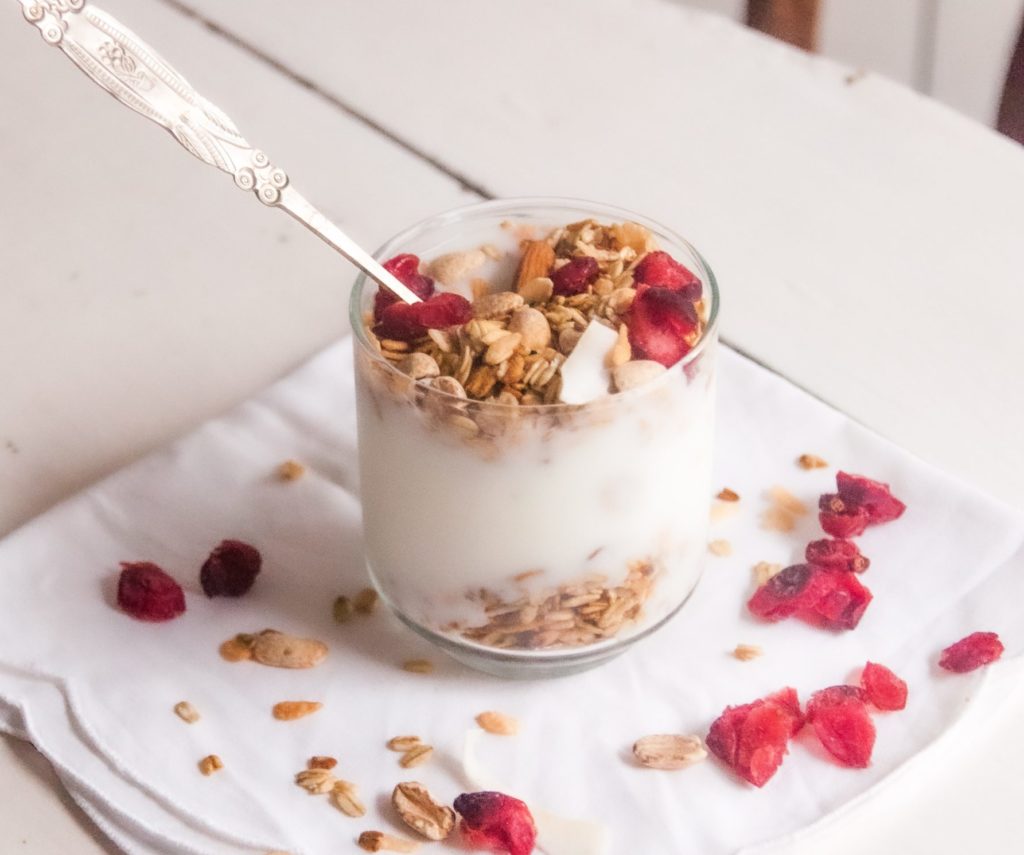
How to Choose the Best Yogurt
Step 3: Choose your preferred fat content (dairy-based only)
Fat is a macronutrient (like carbs and protein) that, contrary to our belief system in the 80s and 90s, is important for health. Unless you have been advised by your healthcare team to restrict fat in your diet for medical reasons, there is no reasons to restrict your fat intake for health purposes, especially from less processed and otherwise healthful foods.
It is important to include a source of fat with each meal and snack for a variety of reasons. Fat helps to absorb fat-soluble vitamins. If your yogurt is fortified with vitamin D, for example, this will aid in the absorption. Fat is also slower digesting than protein and carbohydrates, so it will keep you full longer between meals. Lastly, fat is flavourful and often will add a creamier texture to yogurt which helps make it more satisfying and enjoyable.
When we compare nutrition labels, the difference in the amount of fat per serving between fat-free and fat-containing yogurt is small. For example, a 1/2 cup serving of 0% Greek yogurt will contain 0g of fat while the same serving of 2% yogurt will contain 2.5g of fat. When we consider a full day of meals and snacks, this is negligible.
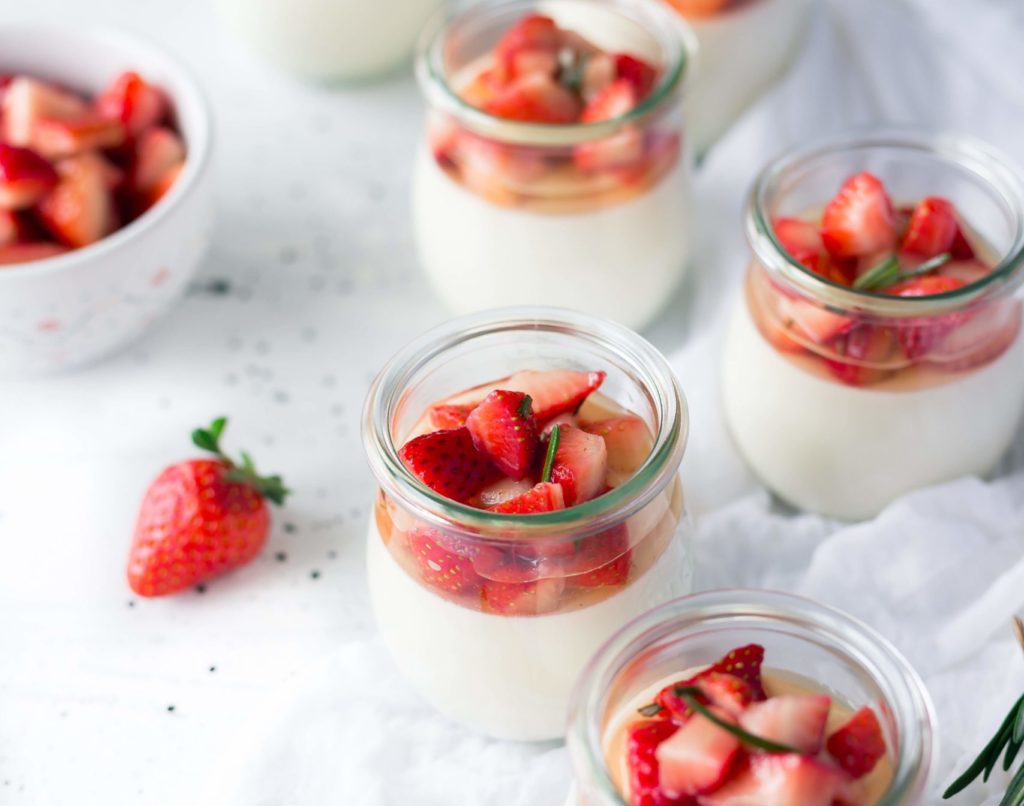
Bottom line: which % fat is best?
Choose the fat content based on the texture of yogurt that you enjoy most. There is no reason to choose fat-free yogurt for health reasons, and as mentioned above, there are benefits to consuming fat-containing yogurt. As fat content increases, the texture of the yogurt will get thicker and creamier. If you prefer 0% yogurt, just be sure to add a healthy fat source, such as nuts or seeds to provide you with the benefits mentioned above.
How to Choose the Best Yogurt
Step 4: Choose your flavouring
Sugar-sweetened yogurt:
Many yogurts on the market are sweetened with sugar. Depending on the amount of yogurt that you eat, and the frequency at which you have it, this may add up to a significant amount of added sugar in your daily routine.
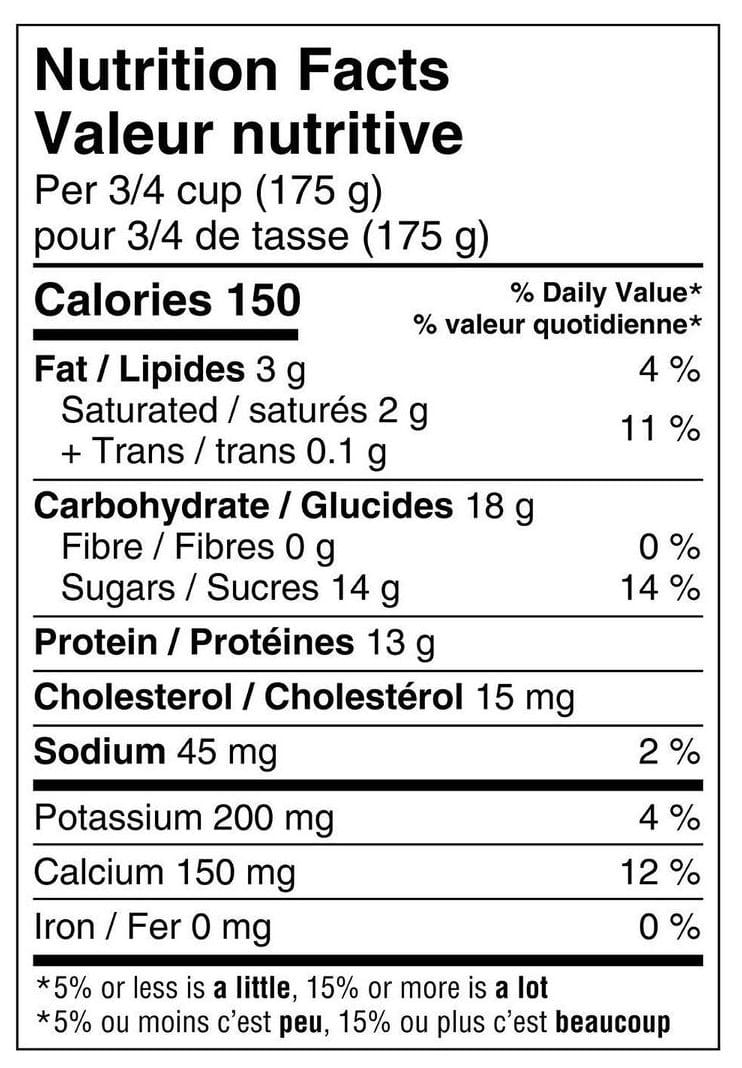
Non-caloric sweeteners:
These sweeteners are used in flavoured yogurt as an alternative to sugar, most commonly Sucralose (Splenda). Whether or not non-caloric sweeteners are a better option than sugar remains controversial. There is debate as to the impact of these sweeteners on our hunger & satiety cues, whether or not we overcompensate with more calories or sweet foods later in the day after eating non-caloric sweeteners, and the impact on gut microflora and weight.
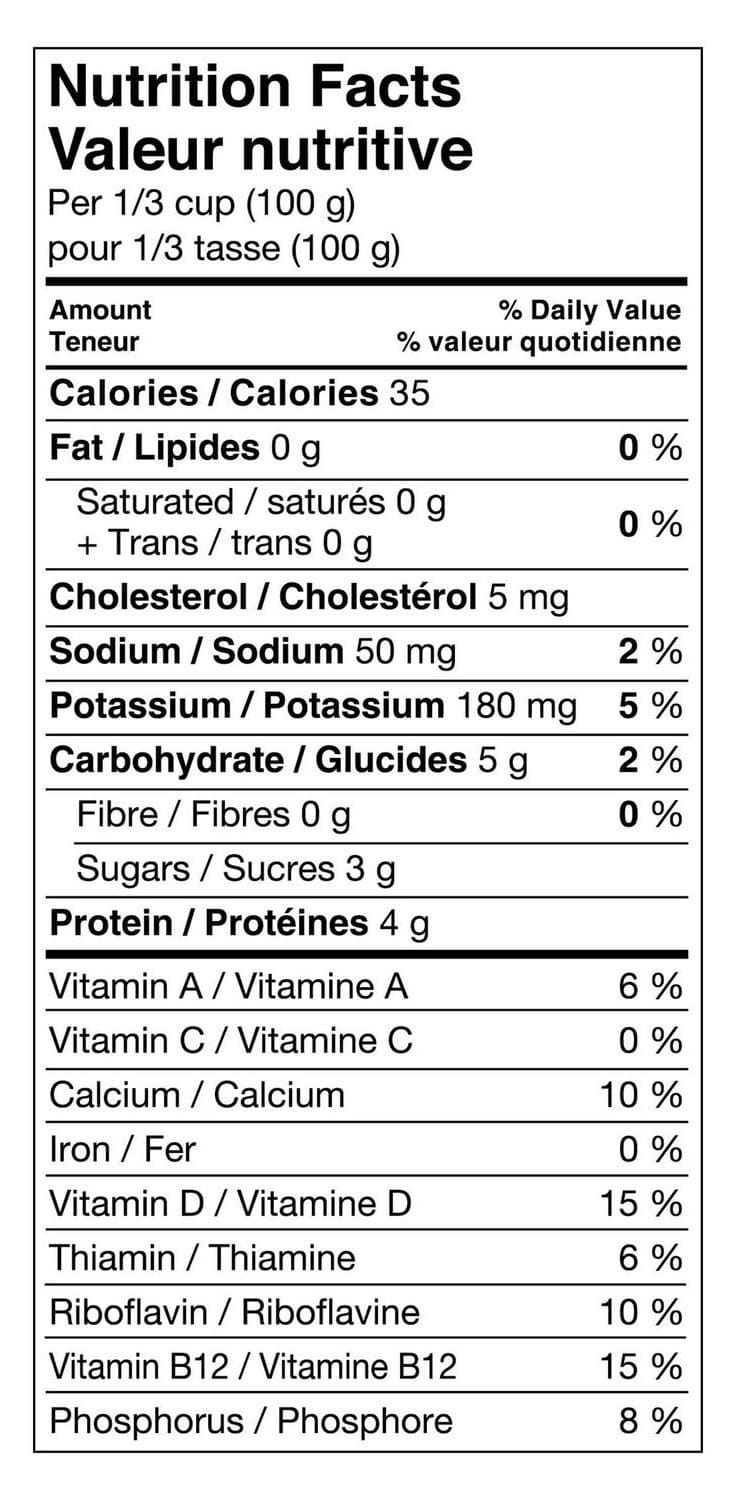

Bottom line: what type of yogurt flavouring is best?
Whichever your sweetener preference (sugar, honey, Splenda, stevia, etc.), I suggest limiting sweeteners as much as possible in your daily routine. Choose a plain yogurt option instead, as this type of yogurt will contain no added sugar or non-caloric sweeteners. If you’re used to eating flavoured yogurt, it may take some time for your taste buds to adjust to the tangy flavour of plain yogurt. Check out the Frequently Asked Questions below for tips to transition to plain yogurt.
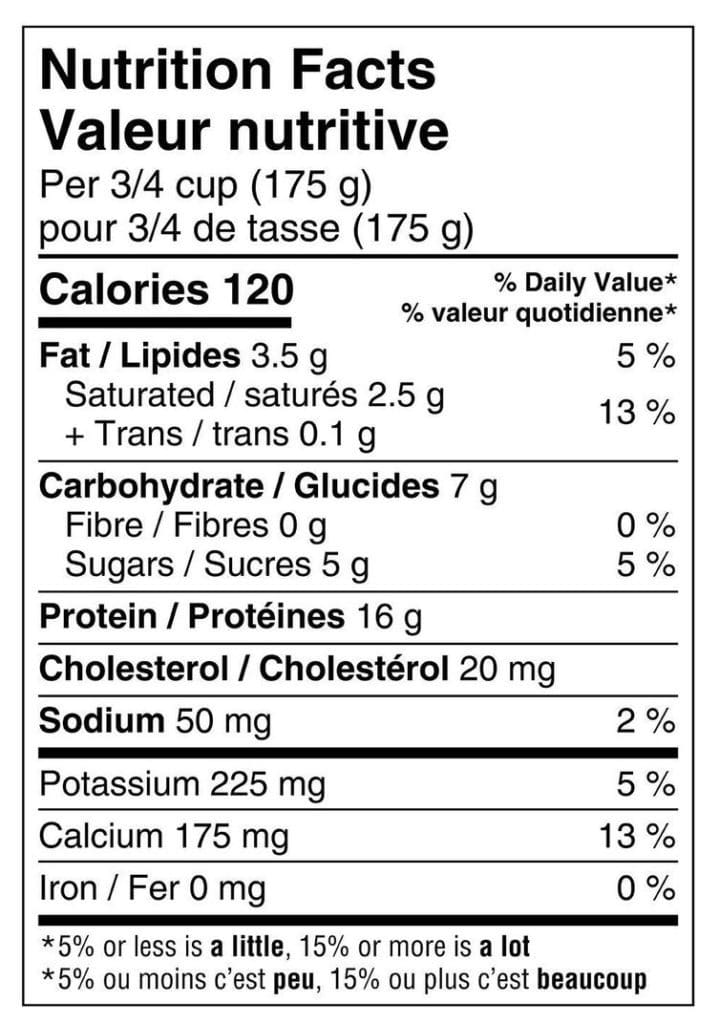
Note: plain yogurt will contain a small amount of naturally occurring sugars. Traditional dairy, for example, will contain lactose, a natural milk sugar. Plant-based yogurt may have naturally occurring sugars present in small amounts depending on the base product used. Check out the Frequently Asked Questions below for my thoughts on this!
How to Choose the Best Yogurt
Step 5: choose your brand
This is where selecting a yogurt can get overwhelming. But remember, once you’ve made the above decisions, your final choice will be much easier.
Dairy-based yogurt:
Truthfully, there isn’t much of a nutritional difference between the various brands of dairy-based yogurt on the market. After all, there’s only so much that a brand can do with milk and bacteria cultures to make one different from the other. Make your decision based on which brands are on sale or your preferred flavour/texture. You may find that you prefer the texture of some brands better than others which will make this choice easy!
Plant-based yogurt:
Plant-based yogurt brands will vary in the level of fortification, or added nutrients. Once you’ve decided on the type of plant-based yogurt you wish to buy (ie. soy, coconut, etc.), select a brand that has been fortified or contains a source of calcium for a more nutritious option. Other nutrients are a bonus! There may also be a significant difference in the texture of different brands depending on the processing methods used, so keep this in mind when trying out different options.
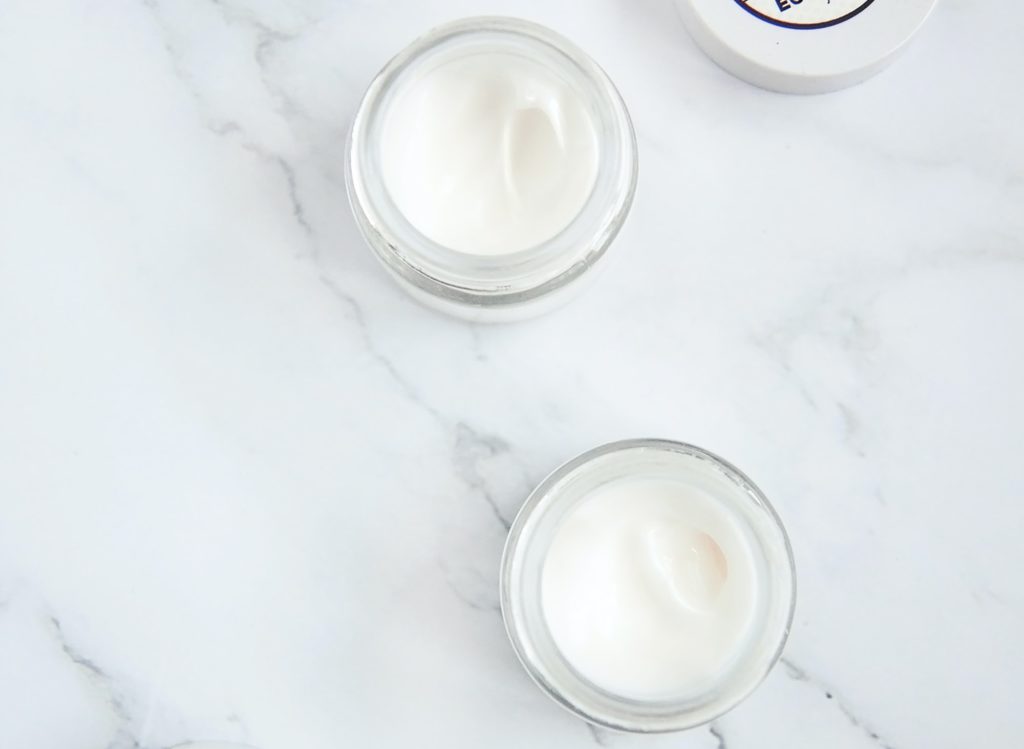
Frequently Asked Questions
Q: How can I find yogurt with no sugar?
Cow’s milk contains natural sugars, such as lactose, so all dairy-based yogurt will contain a small amount of sugar, even if there is no sugar added in the processing. A 1/2 cup serving of plain Greek yogurt, for example, will contain ~4g of natural sugars.
Plain plant-based yogurt options will have varying amounts of natural sugar depending on the base used. A 1/2 cup serving of plain coconut yogurt and plain almond yogurt, for example, will contain <1g naturally occurring sugar. That same serving of plain soy yogurt will have ~4g of naturally occurring sugars.
Bottom line: whether your preference is dairy-based or dairy-free, my recommendation is to choose a plain flavour to avoid the added sugar or sweeteners. Though it can be easy to get caught up in finding food options that contain 0 sugar, remember that it is not necessary to remove ALL sugars from the diet. Many highly nutritious options, such as fruit or yogurt, will have naturally occurring sugars that are unlikely to contribute to excessive amounts of sugar in your overall diet.
Q: Is fat-free yogurt best?
No. Fat as a nutrient is important for our health and well-being. Including a source of fat with each meal and snack helps to ensure that you are absorbing fat-soluble vitamins from that food item, helps to increase the feeling of satiety, and keeps you more satisfied between meals, and in the case of yogurt, can add a delicious texture and flavour! Also, the difference in the amount of fat in a 1/2 cup of 0% yogurt compared to 2% is ~2.5g of fat. Which when we consider an entire day of eating is fairly negligible.
Q: I don’t like thick texture of Greek yogurt. Are there any other types of yogurt that are thinner but still have protein?
Most higher protein yogurt will be thicker in texture due to the protein content. If you prefer a thinner textured yogurt, such as a traditional dairy yogurt or coconut-based yogurt, add in a protein source such as nut-based granola, hemp seeds, or a scoop of nut butter to boost the protein content.
Q: I am dairy free. Is my plant-based yogurt missing any important nutrients?
Dairy-free yogurt can be a nutritious alternative for those who do not consume dairy. Here are a few things to consider when choosing a plant-based yogurt:
- Look for plain flavoured yogurt to avoid added sugars
- Choose a yogurt that provides a source of calcium
- Select a yogurt with protein, or pair the yogurt with another protein-rich food when consuming
Q: I hate the smell of yogurt. Are there any types with less odour?
Concentrated types of yogurt such as Greek or Skyr will often have a stronger smell compared to traditional yogurt. Try a traditional yogurt instead, and check out the flavouring options below to further mask the odour.
Q: What are some ways to boost the protein content of my yogurt?
Check out these easy high protein yogurt toppings.
Q: I don’t like the flavour of plain yogurt. What is the best option for flavoured yogurt?
If you’re used to eating flavoured yogurt, it may take a while for your taste buds to adjust to the flavour of plain yogurt. Try these tips below to add flavour to plain yogurt:
- Combine plain and flavoured yogurt. Start with 1/2 and 1/2 mixture, then alter as your taste buds adjust.
- Add your own sweet flavour such as small amount of honey or maple syrup. You’ll likely add much less than the manufacturer would add when flavouring a yogurt.
- Use flavourful mix-ins! Frozen berries can be mashed into yogurt, or mix with a bit of granola for a variety of flavours and textures.
You made it! You’ve navigated the yogurt aisle and can feel confident about your choice. Still have questions? No problem! Drop them below in the comments and I’ll be happy to help 🙂

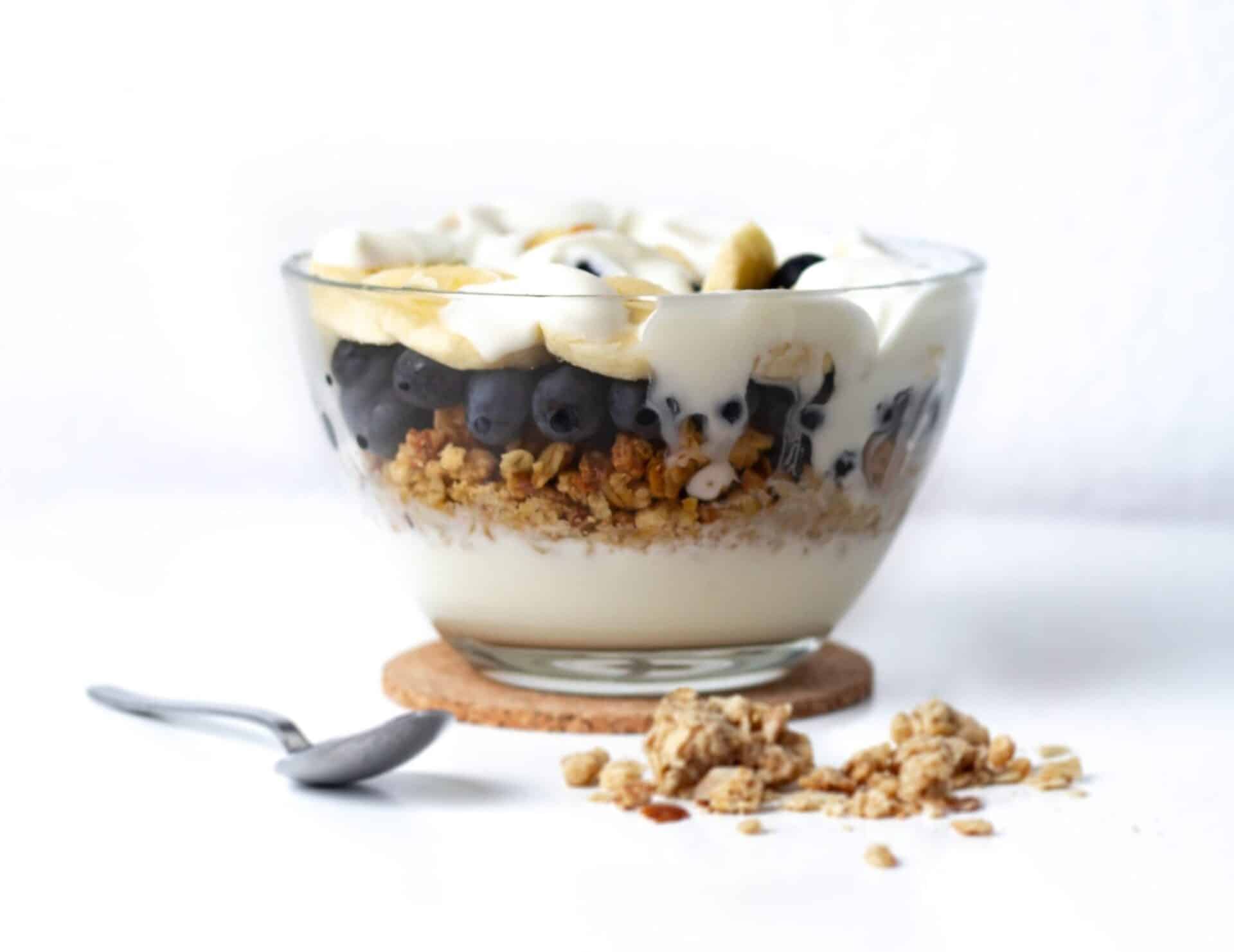

You state that the non-dairy yogurts usually have iron while the dairy do not. I have an Astro 0% plain Balkan style yogurt container and a 2% Greek style Liberte container and they both show the yogurt containing iron.
Thank you for your comment! We will do another review of products and update the info accordingly.